Details of the Target
General Information of Target
| Target ID | LDTP04920 | |||||
|---|---|---|---|---|---|---|
| Target Name | Protein mago nashi homolog (MAGOH) | |||||
| Gene Name | MAGOH | |||||
| Gene ID | 4116 | |||||
| Synonyms |
MAGOHA; Protein mago nashi homolog |
|||||
| 3D Structure | ||||||
| Sequence |
MESDFYLRYYVGHKGKFGHEFLEFEFRPDGKLRYANNSNYKNDVMIRKEAYVHKSVMEEL
KRIIDDSEITKEDDALWPPPDRVGRQELEIVIGDEHISFTTSKIGSLIDVNQSKDPEGLR VFYYLVQDLKCLVFSLIGLHFKIKPI |
|||||
| Target Bioclass |
Transporter and channel
|
|||||
| Family |
Mago nashi family
|
|||||
| Subcellular location |
Nucleus
|
|||||
| Function |
Required for pre-mRNA splicing as component of the spliceosome. Plays a redundant role with MAGOHB as core component of the exon junction complex (EJC) and in the nonsense-mediated decay (NMD) pathway. The EJC is a dynamic structure consisting of core proteins and several peripheral nuclear and cytoplasmic associated factors that join the complex only transiently either during EJC assembly or during subsequent mRNA metabolism. The EJC marks the position of the exon-exon junction in the mature mRNA for the gene expression machinery and the core components remain bound to spliced mRNAs throughout all stages of mRNA metabolism thereby influencing downstream processes including nuclear mRNA export, subcellular mRNA localization, translation efficiency and nonsense-mediated mRNA decay (NMD). The MAGOH-RBM8A heterodimer inhibits the ATPase activity of EIF4A3, thereby trapping the ATP-bound EJC core onto spliced mRNA in a stable conformation. The MAGOH-RBM8A heterodimer interacts with the EJC key regulator PYM1 leading to EJC disassembly in the cytoplasm and translation enhancement of EJC-bearing spliced mRNAs by recruiting them to the ribosomal 48S preinitiation complex. Involved in the splicing modulation of BCL2L1/Bcl-X (and probably other apoptotic genes); specifically inhibits formation of proapoptotic isoforms such as Bcl-X(S); the function is different from the established EJC assembly.
|
|||||
| Uniprot ID | ||||||
| Ensemble ID | ||||||
| HGNC ID | ||||||
Target Site Mutations in Different Cell Lines
Probe(s) Labeling This Target
ABPP Probe
| Probe name | Structure | Binding Site(Ratio) | Interaction ID | Ref | |
|---|---|---|---|---|---|
|
CY-1 Probe Info |
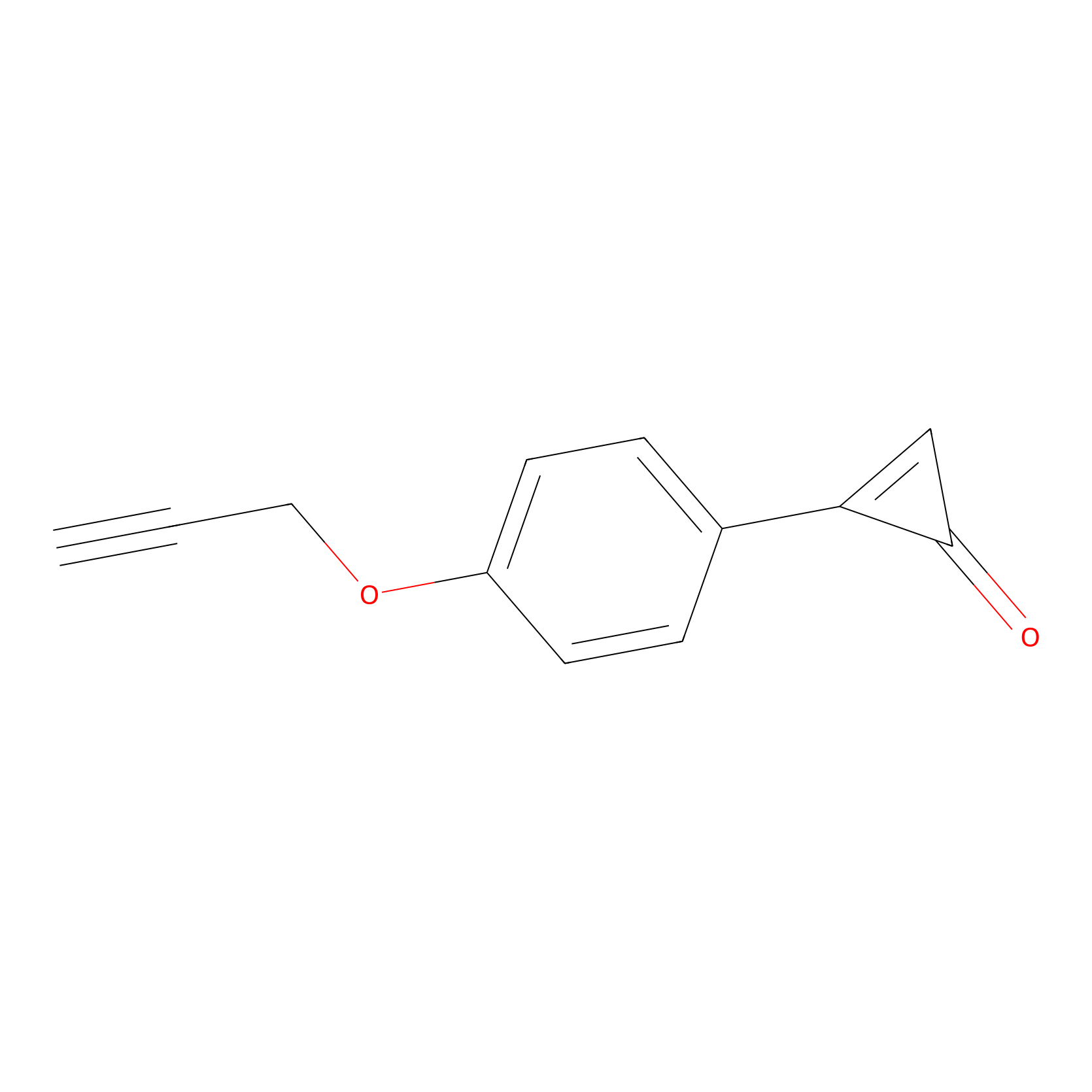 |
100.00 | LDD0243 | [1] | |
|
IPM Probe Info |
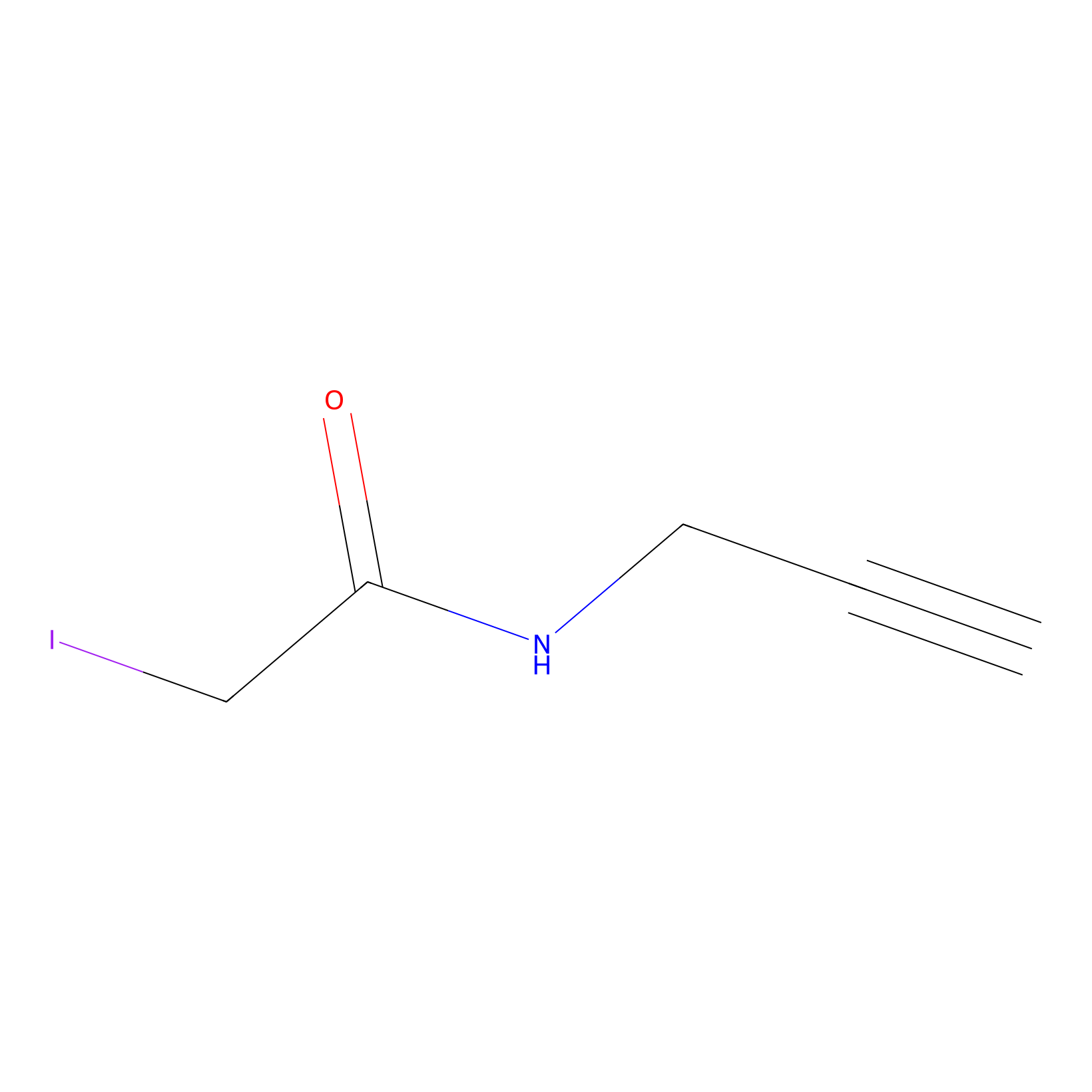 |
N.A. | LDD0241 | [2] | |
|
Probe 1 Probe Info |
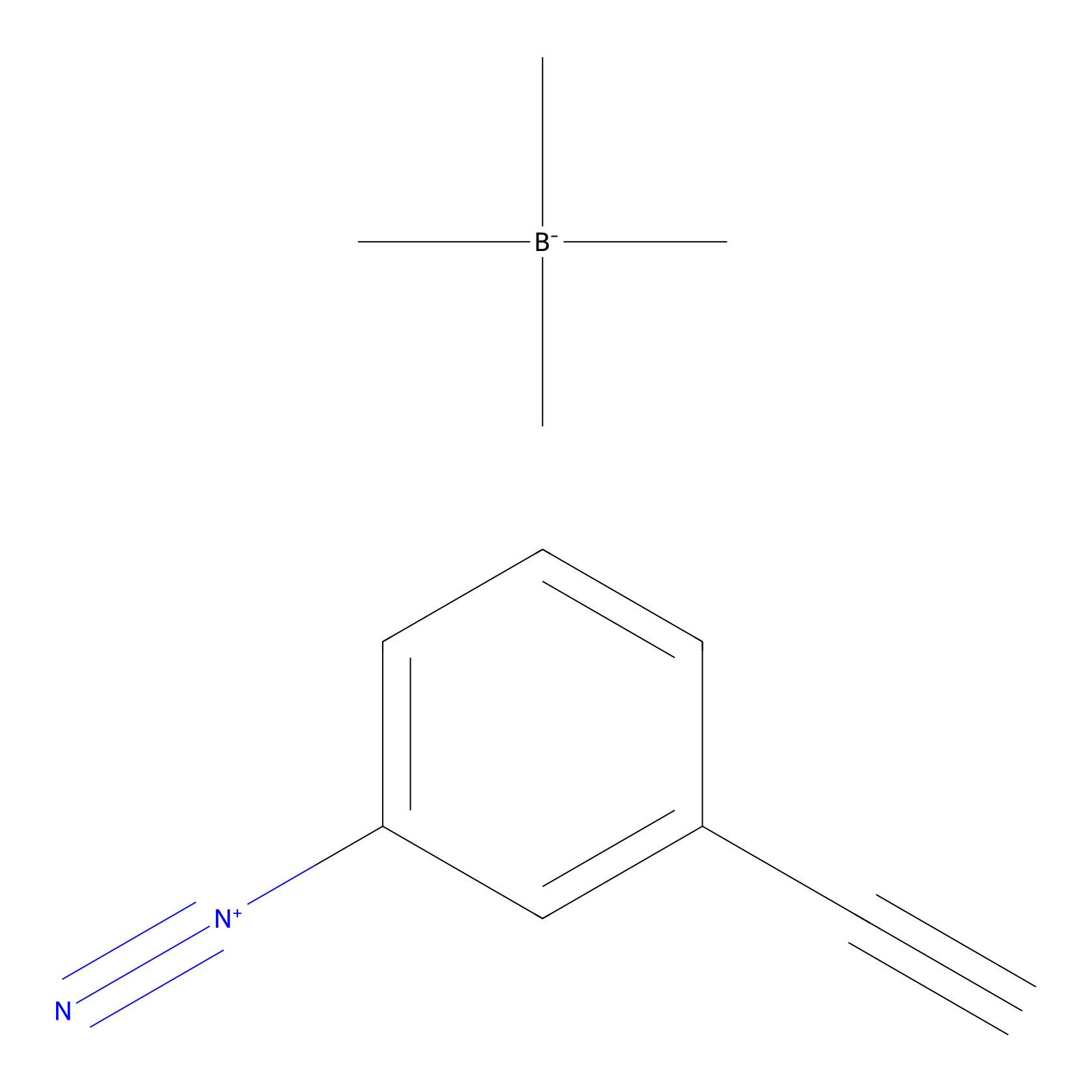 |
Y10(17.98); Y40(344.17) | LDD3495 | [3] | |
|
DBIA Probe Info |
 |
C131(9.35) | LDD0204 | [4] | |
|
HHS-475 Probe Info |
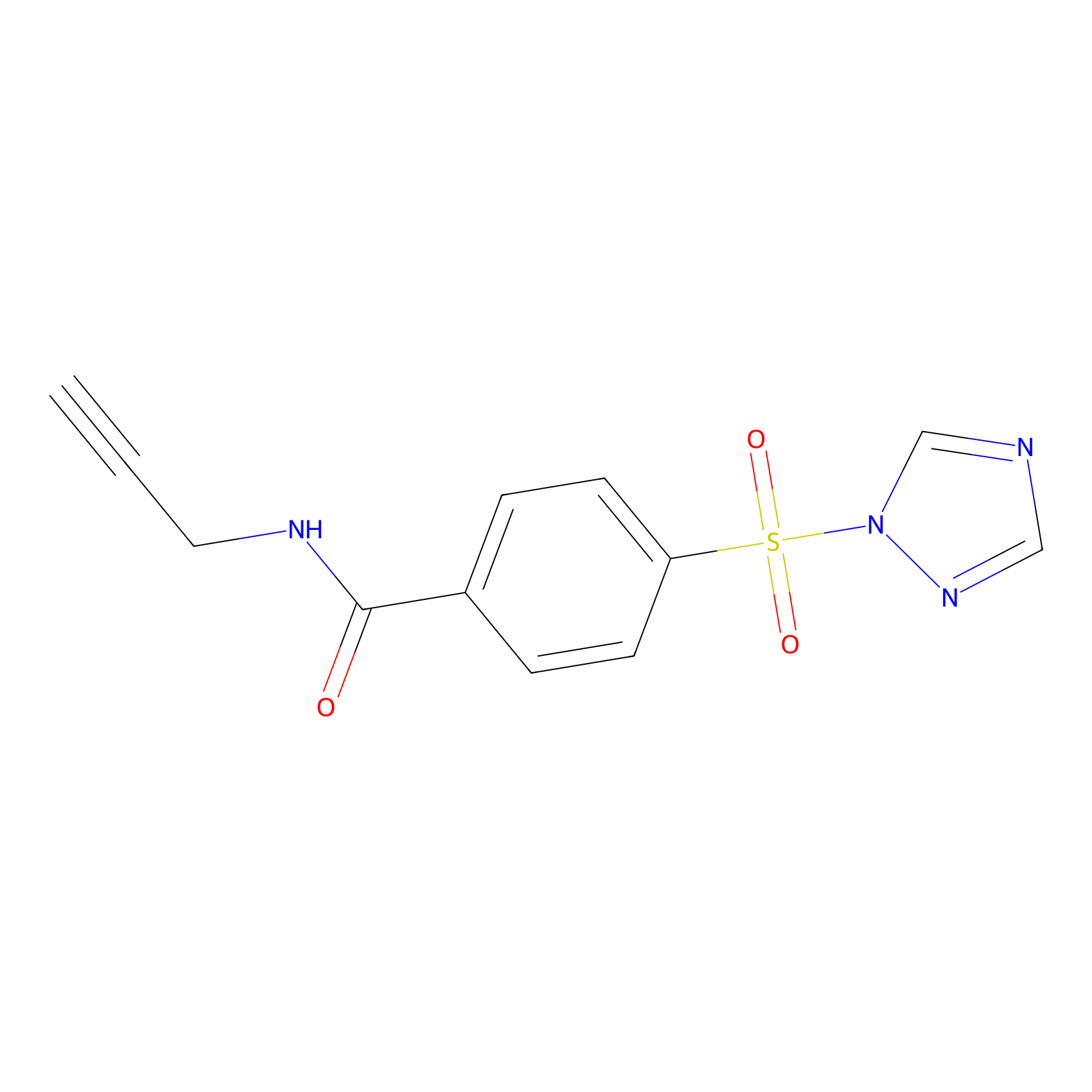 |
Y40(0.96); Y34(1.84) | LDD0264 | [5] | |
|
HHS-465 Probe Info |
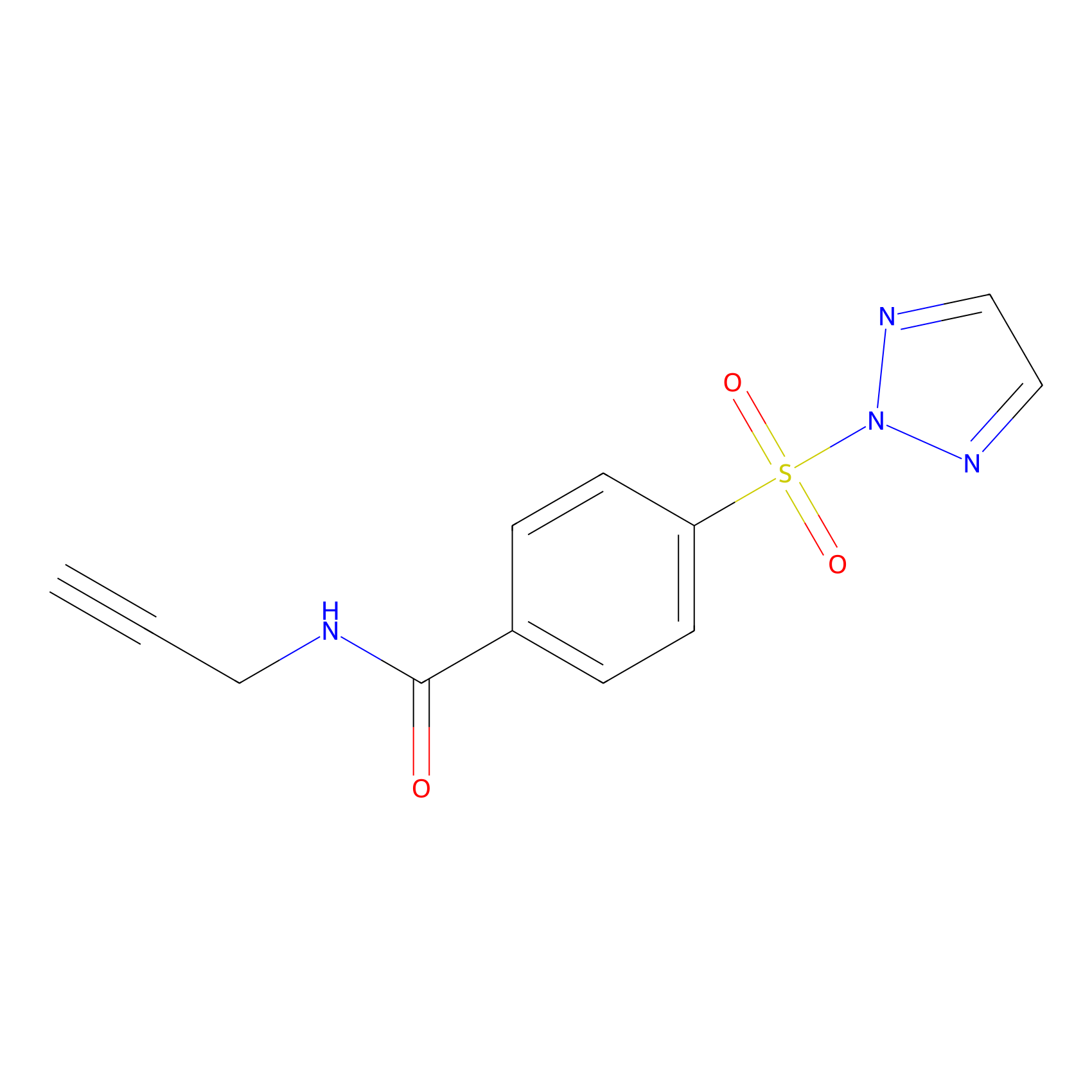 |
Y51(4.44) | LDD2237 | [6] | |
|
ATP probe Probe Info |
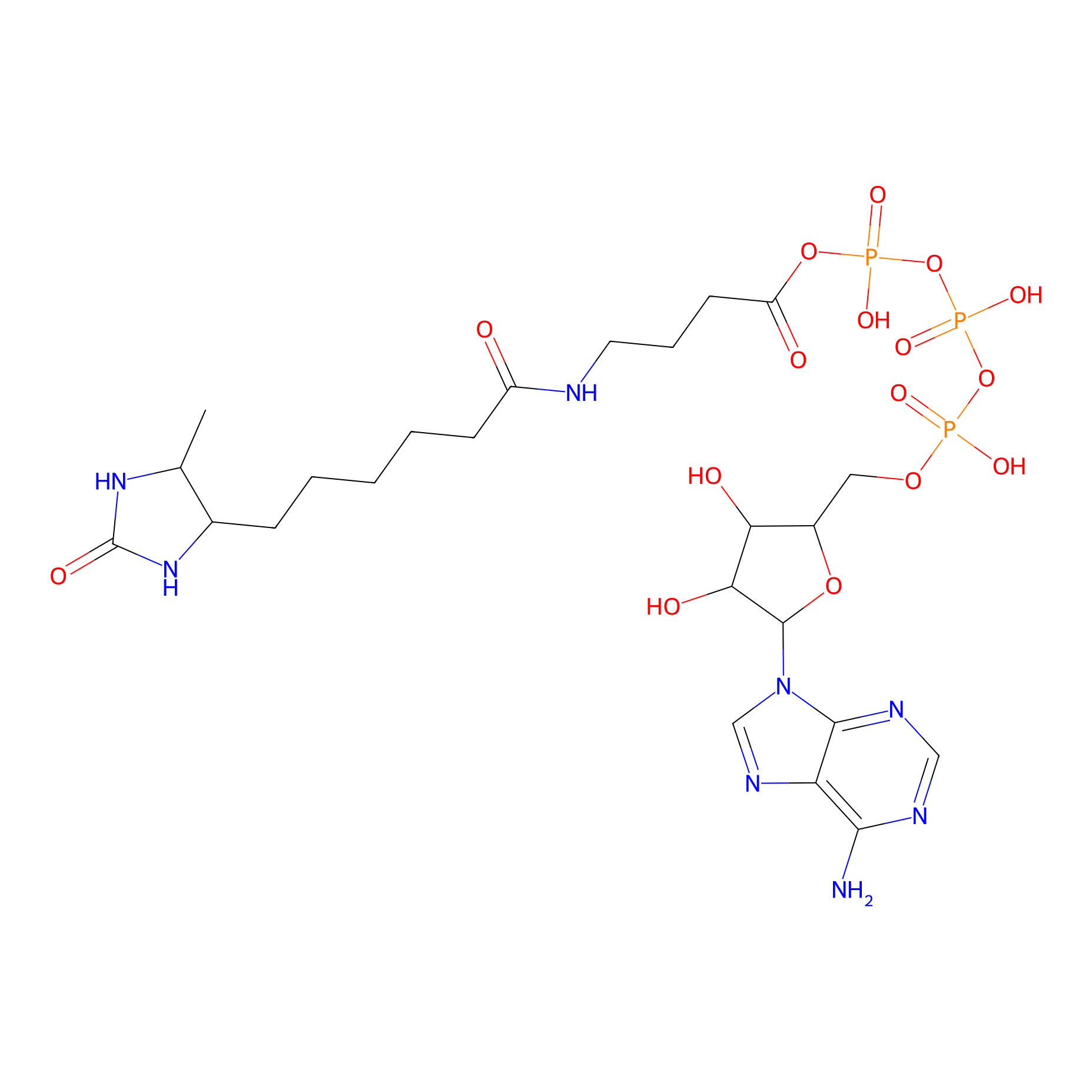 |
K16(0.00); K41(0.00); K31(0.00) | LDD0199 | [7] | |
|
4-Iodoacetamidophenylacetylene Probe Info |
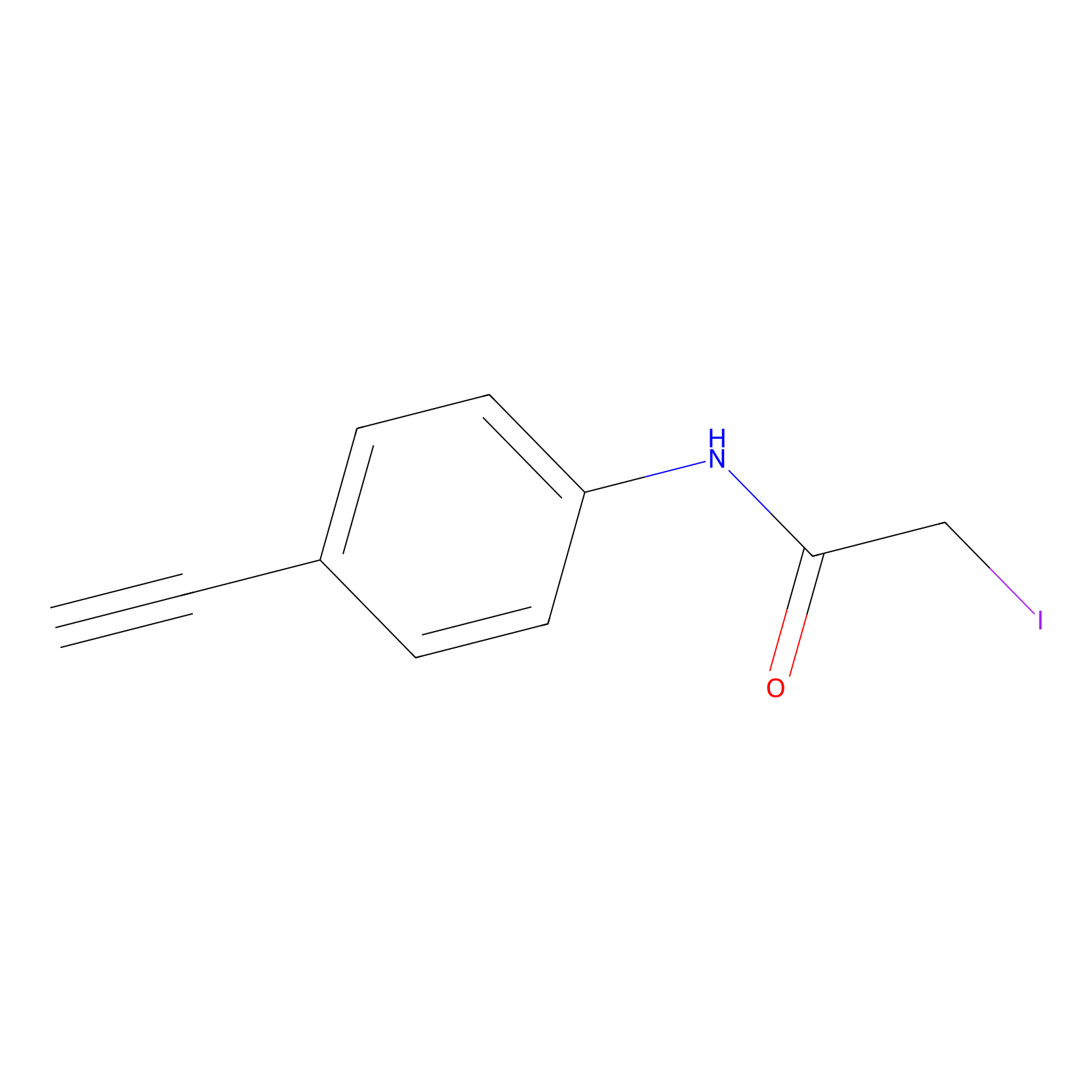 |
N.A. | LDD0038 | [8] | |
|
IA-alkyne Probe Info |
 |
N.A. | LDD0036 | [8] | |
|
Lodoacetamide azide Probe Info |
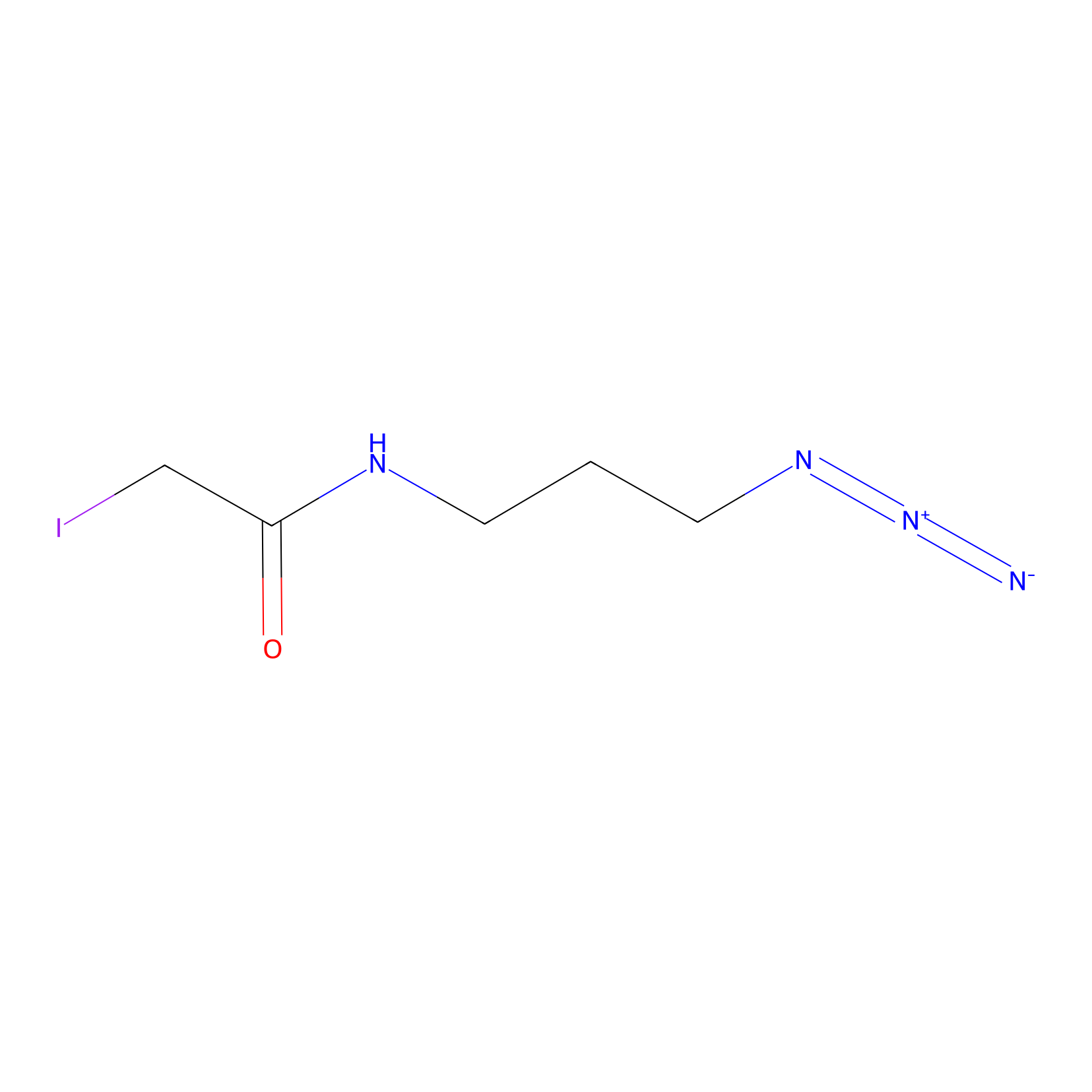 |
N.A. | LDD0037 | [8] | |
|
SF Probe Info |
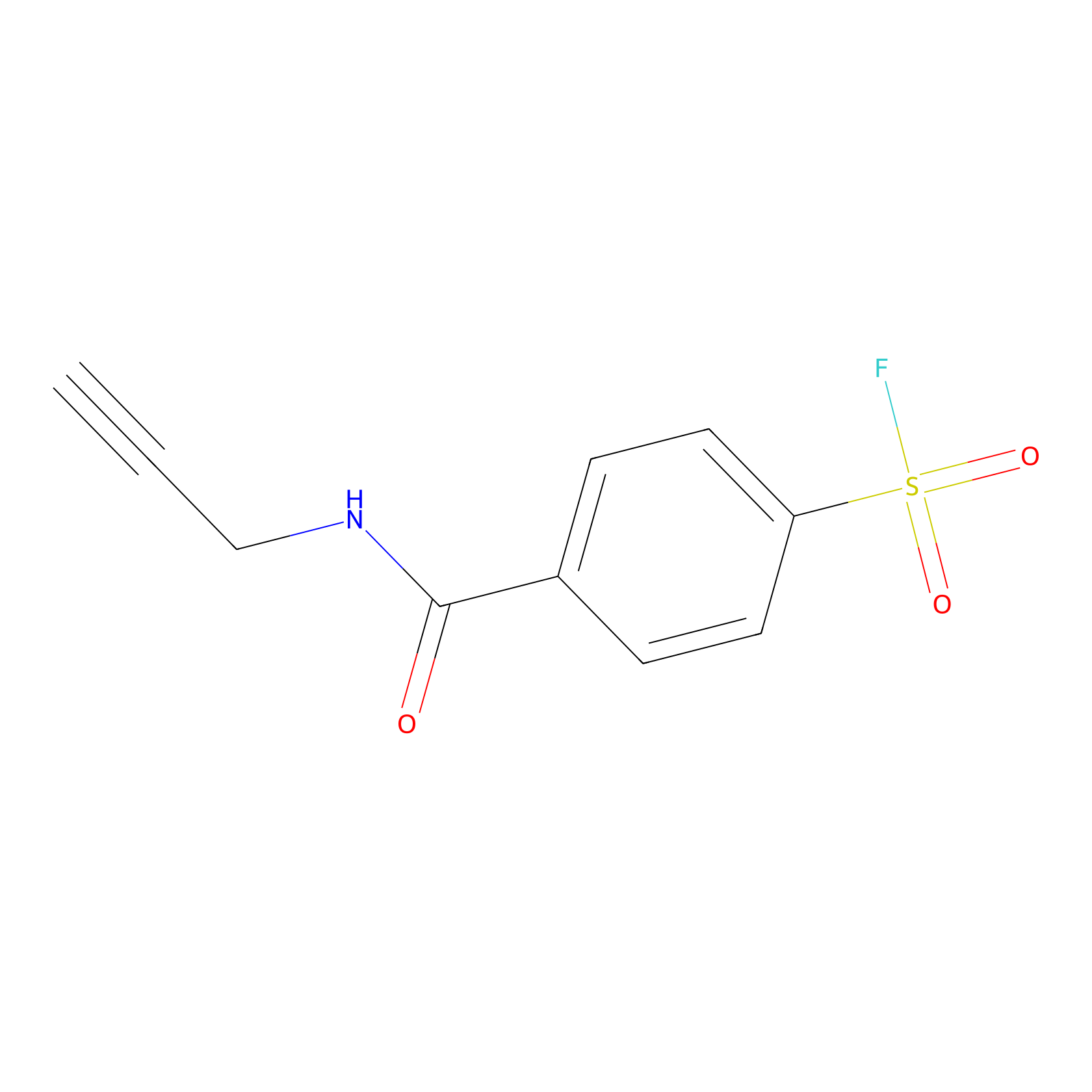 |
Y40(0.00); Y10(0.00); K14(0.00) | LDD0028 | [9] | |
|
1c-yne Probe Info |
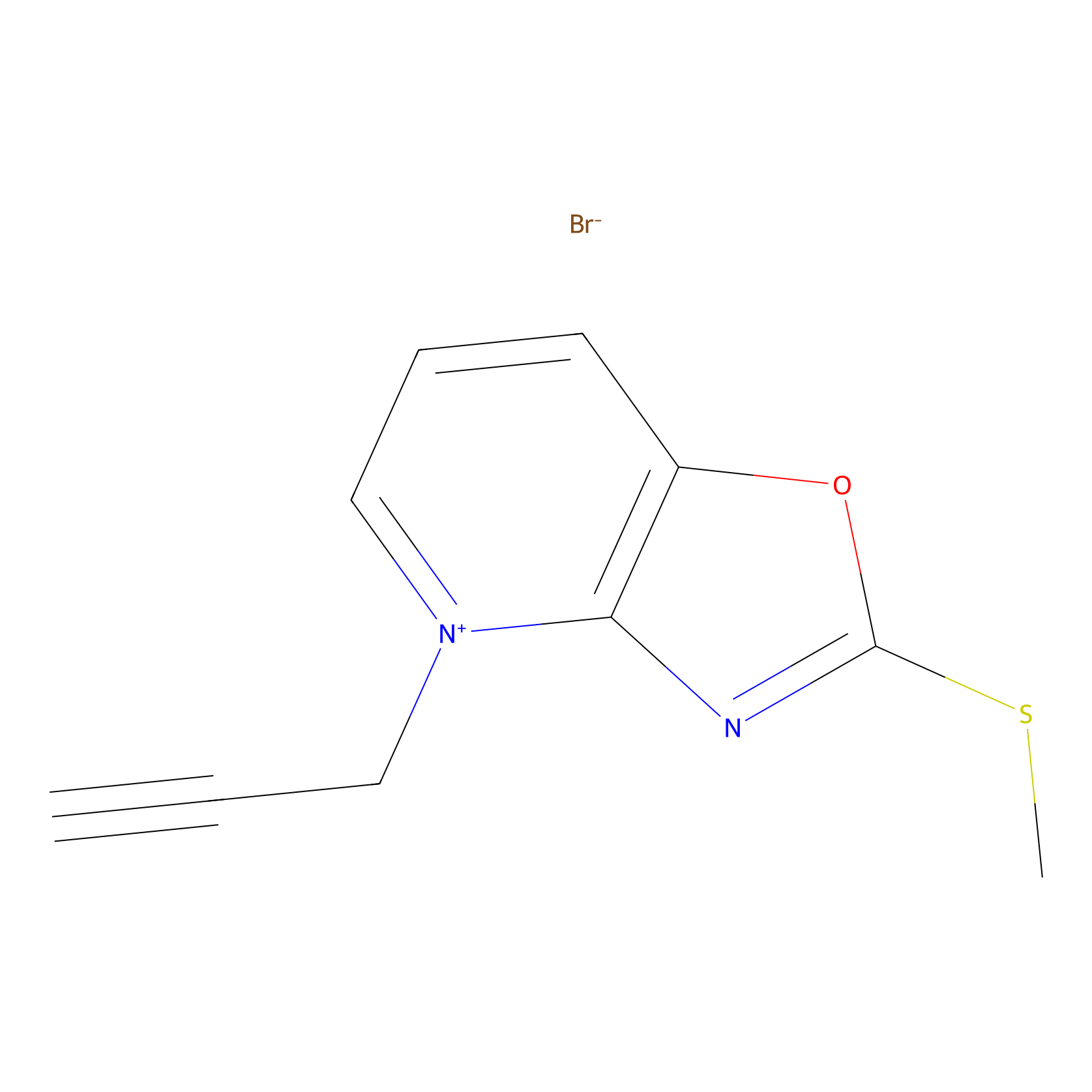 |
N.A. | LDD0228 | [10] | |
|
NAIA_5 Probe Info |
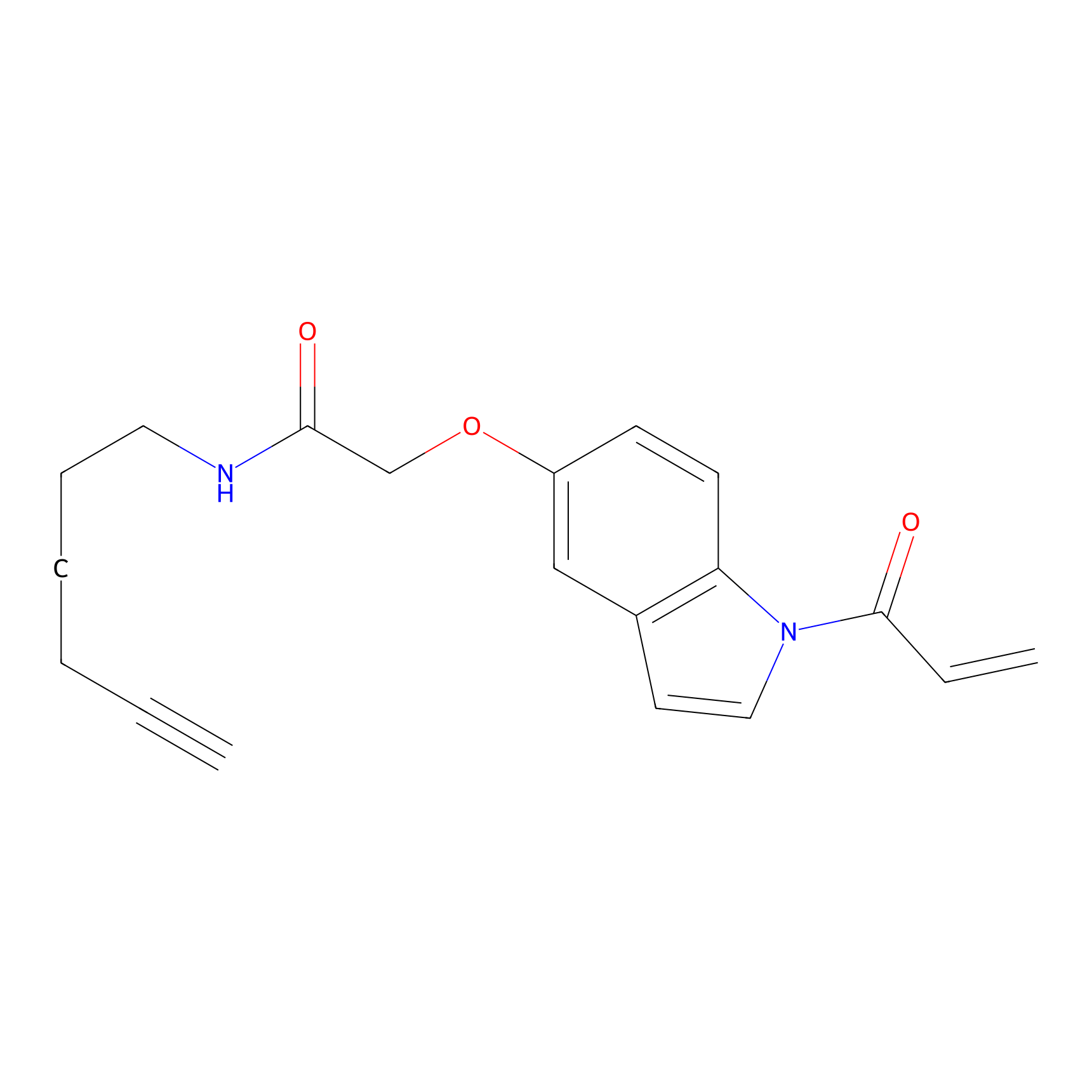 |
N.A. | LDD2223 | [11] | |
Competitor(s) Related to This Target
| Competitor ID | Name | Cell line | Binding Site(Ratio) | Interaction ID | Ref |
|---|---|---|---|---|---|
| LDCM0102 | BDHI 8 | Jurkat | C131(9.35) | LDD0204 | [4] |
| LDCM0116 | HHS-0101 | DM93 | Y40(0.96); Y34(1.84) | LDD0264 | [5] |
| LDCM0117 | HHS-0201 | DM93 | Y40(0.87); Y34(11.65) | LDD0265 | [5] |
| LDCM0118 | HHS-0301 | DM93 | Y40(0.93); Y34(1.57) | LDD0266 | [5] |
| LDCM0119 | HHS-0401 | DM93 | Y40(0.74); Y34(0.97) | LDD0267 | [5] |
| LDCM0120 | HHS-0701 | DM93 | Y40(1.00); Y34(1.81) | LDD0268 | [5] |
| LDCM0627 | NUDT7-COV-1 | HEK-293T | C131(2.47) | LDD2206 | [12] |
| LDCM0628 | OTUB2-COV-1 | HEK-293T | C131(1.33) | LDD2207 | [12] |
The Interaction Atlas With This Target
The Protein(s) Related To This Target
Enzyme
| Protein name | Family | Uniprot ID | |||
|---|---|---|---|---|---|
| Eukaryotic initiation factor 4A-III (EIF4A3) | DEAD box helicase family | P38919 | |||
| Ubiquitin thioesterase ZRANB1 (ZRANB1) | Peptidase C64 family | Q9UGI0 | |||
Transporter and channel
| Protein name | Family | Uniprot ID | |||
|---|---|---|---|---|---|
| Protein CASC3 (CASC3) | CASC3 family | O15234 | |||
| Importin-13 (IPO13) | Importin beta family | O94829 | |||
| RNA-binding protein 8A (RBM8A) | RBM8A family | Q9Y5S9 | |||
Transcription factor
| Protein name | Family | Uniprot ID | |||
|---|---|---|---|---|---|
| Zinc finger protein with KRAB and SCAN domains 8 (ZKSCAN8) | Krueppel C2H2-type zinc-finger protein family | Q15776 | |||
| Transcriptional adapter 2-alpha (TADA2A) | . | O75478 | |||
Other
References
